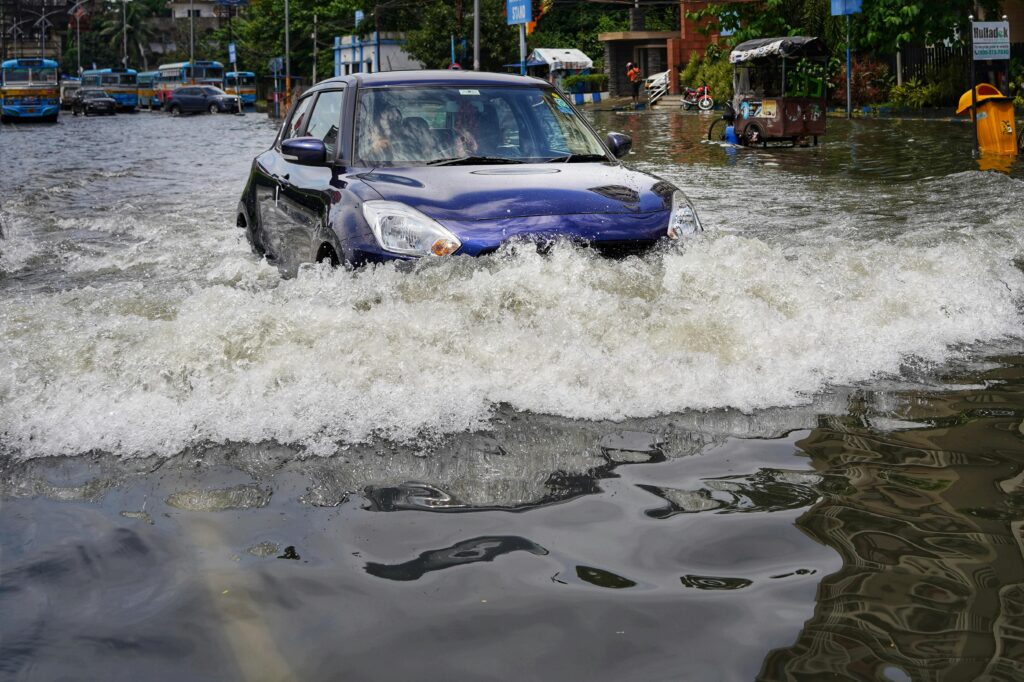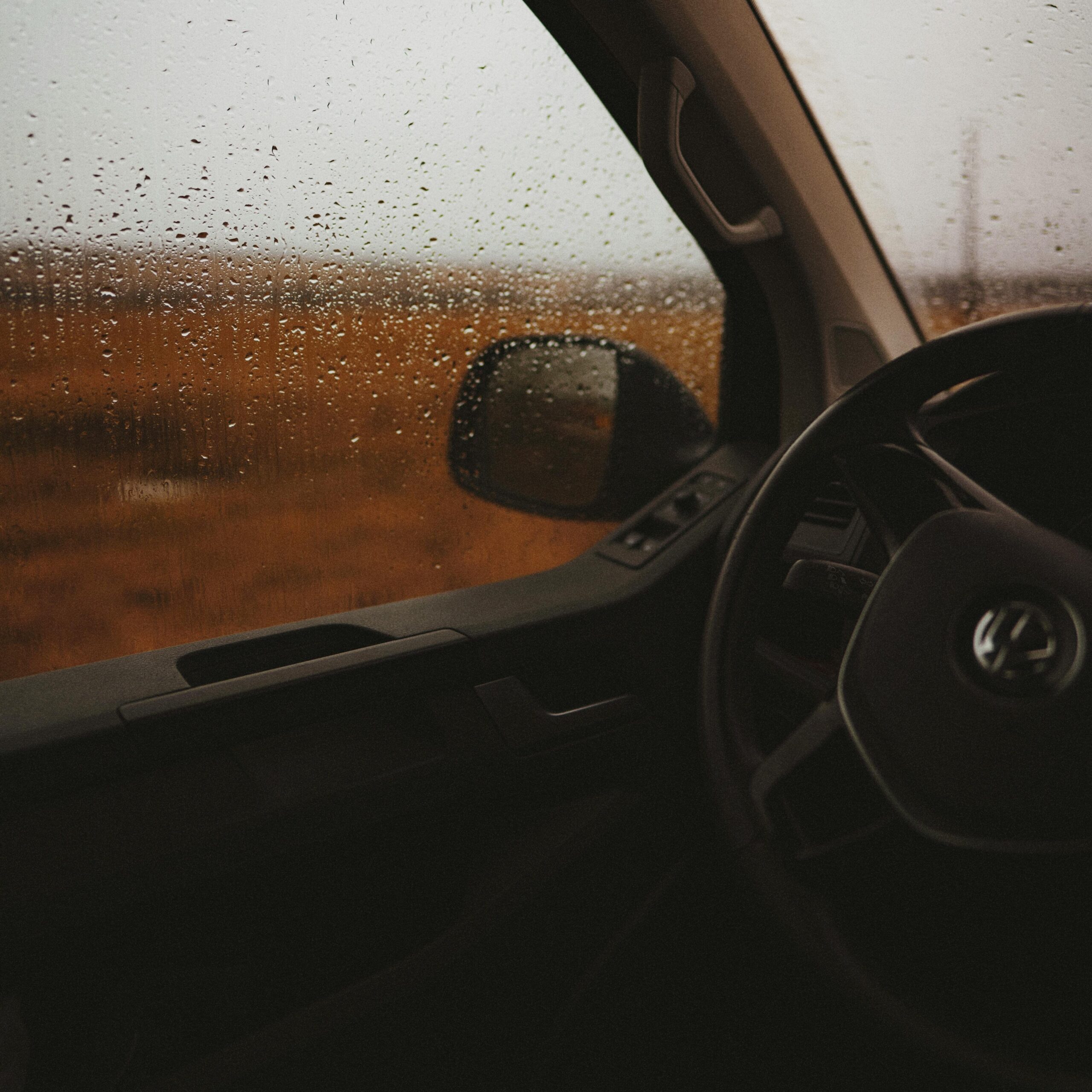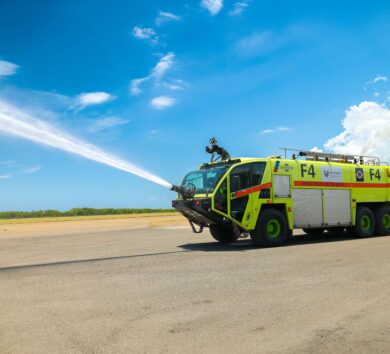

With flash floods and heavy rains posing risks on roads nationwide, understanding how to escape a submerged car has become important knowledge—especially for those who can’t swim.
Knowing the right steps can make all the difference, so here are some tips on what to do if your car becomes submerged and swimming is not an option.
The great escape
In a submerged car, acting immediately is important.
Focus on staying calm and getting out of the vehicle as quickly as possible. According to the American Safety Council, “If water is rising inside the car, roll down the window or break it as soon as possible… Every second matters.”
Why This Matters: Electrical systems that control windows may fail rapidly after water enters the vehicle. Acting right away increases the likelihood that windows will still open for a safer exit.

Hold onto the car as you exit
Once you’re outside, grip the car frame or roof to stabilise yourself, especially if the water is moving.
The National Safety Council emphasises the importance of anchoring yourself to avoid drifting, particularly if there’s any current. If conditions permit, pulling yourself onto the roof of the car can provide a secure platform.
Why This Matters: Fast-moving water can be disorienting. Staying connected to the vehicle provides a temporary anchor and prevents being swept away.
Use float technique
If you can’t stand due to water depth, float on your back. Tilt your head back, spread your arms and legs, and keep your body flat to stay buoyant. The Red Cross advises floating as a safe way to avoid expending energy in deep water. “Keeping your body flat and relaxed helps you stay afloat,” they said.
Why This Matters: Floating conserves energy, making it a practical choice if swimming isn’t possible.
Seat cushions or other floating objects can offer critical support in deep water.
Why This Matters: Floating devices allow you to stay above water with minimal effort, making it easier to wait for rescue.

Signal for help
Once you’re outside the vehicle and in a stable position, signal for help. Waving both arms or using bright or reflective items can make you more visible.
Why This Matters: Attracting attention early can lead to quicker rescue response, especially in severe weather conditions.
Staying calm
According to the Centers for Disease Control and Prevention (CDC), flood-related incidents are a leading cause of weather-related deaths on the roads. Emergency organisations advise rehearsing these steps mentally to improve reaction times during real situations.
These tips may be a lifeline for those who can’t swim during submerged vehicle emergencies.







Comments